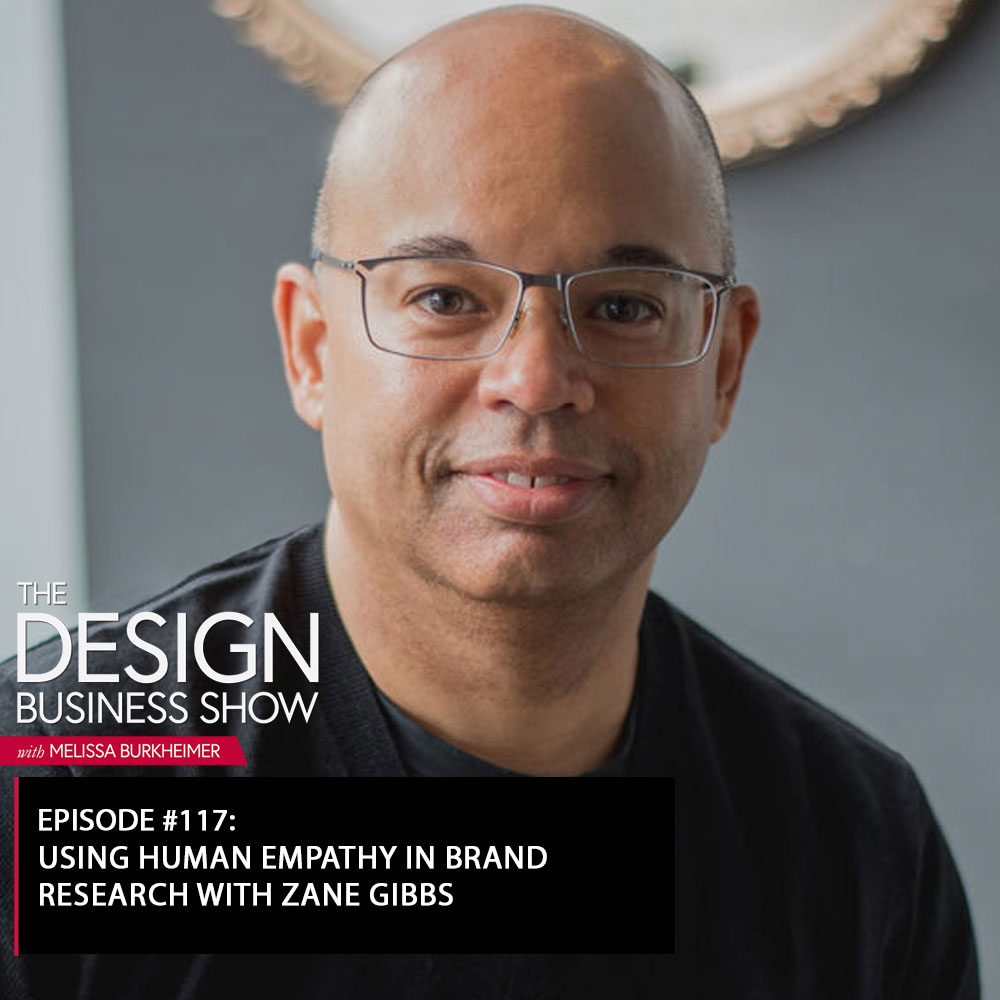Zane’s life experiences have had a profound impact on his life. From growing up in a single-parent household in the projects, to failing high-school geometry, to completing a Ph.D. with a speciality in Quantum Field Theory, Zane views challenges as opportunities to transform and failures as an opportunity to learn.
He desires to share his unique perspective on empathy, combined with skills and talents that he acquired over his more than 22 year corporate career, to enhance the lives and livelihoods of others. Zane has had the unique opportunity to touch almost every facet of innovation from technology assessment, corporate strategy, product design and development, brand management, packaging, and consumer futures.
In his “free time,” Zane enjoys spending time with his wife and dog, thankful for the joy that they both bring to his life. DJ-ing his way through college to pay tuition, Zane’s passion for music lives on today. And when life’s too slow … Zane hops in his race car for some thrills!
Here’s what we covered on the episode:
- How Zane is the design futurist and product and brand strategist at ZADA Strategy, a company he recently formed in 2019
- Zane shares that he worked in corporate America for 23 years of his life but then decided to take a different path and started his own consulting firm with his business partner, David
- The story of how Zane and I met through his wife, Michelle Martello, who was on Episode 32 of The Design Business Show
- How Michelle asked me to participate in a research project for an egg brand that Zane was creating with his partner, David and how after I asked Zane to come on the podcast to talk about their process for research
- Zane tells us about their client, The Farmer’s Hen, who asked how could they leverage their brand to grow in the marketplace
- How Zane and David conducted many rounds of research and always start with consumer empathy in their process
- Zane’s principle on researching is about being a good detective and how piecing all the information together helps you solve a problem, create a strategy, improve your design or connect with new audiences
- The first part of their process is to identify the key questions you want to have answered or any key hypothesis or assumptions you want to test
- Zane shares that when starting with The Farmer’s Hen they asked a variety of foundational questions to consumers so they could better understand the audience and what drives their decisions to purchase eggs
- Zane explains that the project was broken up into phases, which first started with observation, where they camped out in grocery stores for two weeks and watch people shop for eggs
- The next phase was interviews where they conducted 1 ½ hour sessions with people, asking them a variety of deep questions based on their observations
- How discovery research and talking to people in the beginning of your research process can be one of the best tools and how it can also help you figure out how to ask questions in a survey
- How interviewing people allowed Zane and David to look at different shopping behaviors and criteria used to identify the eggs being purchased
- During the next phase, they conducted package research where people from all parts of the east coast participated in evaluating different packaging elements
- How the discovery research and packaging research were given to the design team so they could start working on design concepts
- Zane shares an example of how they were able to use different brands and their visuals to see how people connected to different elements, which helped them figure out exactly what they needed to do
- How they conducted A/B testing on copy for The Farmer’s Hen by testing different parts of the egg carton with slightly different changes and asked people to give their feedback
- Zane shares the next step in their process was to do more iterations of the packaging and logo design so they could look at the fine differences including colors and texture
- Zane explains that the project is still going on and shares that the packaging phases, preliminary research, and all the other work that led up to the brand building took about 6 months
- Why Zane and David formed ZADA to help mid-sized companies who are trying to grow to a larger company by starting from the human perspective to help them grow their brands, products, and people
- Zane shares an example of how they might use some of their design processes to help with cultural change in workplaces by using human centered design
- What Zane would tell designers who want to design in one day is to take half of the following day to test the design and see if it worked for your client so you can see if there’s anything you need to fix to better resonate with your clients audience
- When trying to find the right people to do research with, Zane suggests first figuring out what the characteristics are of your client or your clients audience
- Zane gives us his top list of suggestions when it comes to finding people to do research with and says you need to remember to ask yourself, of the people who responded, how representative are they of the people who are actually going to purchase the product
- Zane advises against posing open-ended questions and gives examples on how to ask more specific questions to your audience in order to interpret your results more clearly
- Connect with Zane via email at zane@zadastrategy.com or reach out on the ZADA Strategy website
Links mentioned:
The Design Business Show 032 with Michelle Martello
Like what you heard?
Click here to subscribe + leave a review on iTunes.






